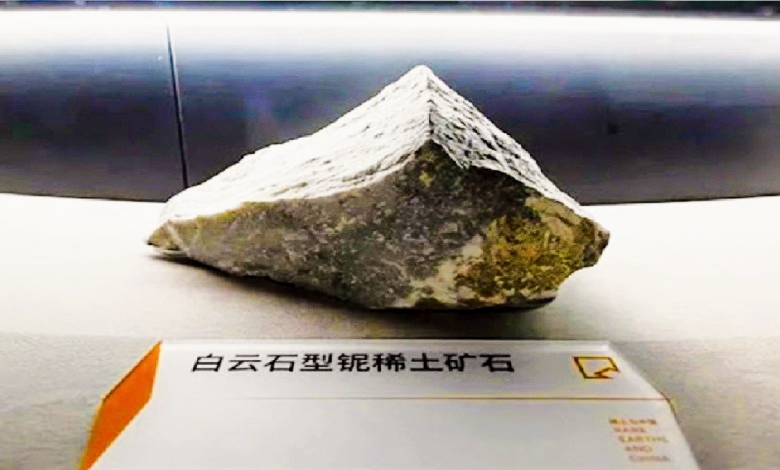In a remarkable scientific discovery, a team of Chinese geologists announced the discovery of massive deposits of a previously unknown rare earth mineral in the Inner Mongolia Autonomous Region in northern China, marking a significant advancement in the field of earth sciences and geology.
The discovery was specifically made in the central part of the main ore body at the Bayan Obo Mine, which is already the world's largest rare earth mineral mine.
This discovery is considered a significant boost to the economic and strategic importance of this mine.
The participating researchers from the China University of Geosciences in Wuhan and the Geological Survey Institute in Inner Mongolia confirmed that the discovered mineral has a complex geochemical composition, reflecting the mineral resource diversity in the region.
The new mineral has been named "Huanghuite (Nd)", an official name approved by the International Mineral Association, classified as a carbonate mineral dominated by the element neodymium, known as a key element in the manufacturing of electric vehicle engines like Tesla, as well as offshore wind turbines.
The timing of this discovery was not ordinary;
simultaneously, the Chinese Ministry of State Security announced that foreign intelligence agencies attempted to infiltrate and steal rare minerals from the country, in collaboration with internal entities "violating the law", as stated in an official statement on the "WeChat" platform.
The ministry did not mention the names of the countries, but warned of serious threats to national security, and vowed to take strict measures to deter any espionage attempts targeting the rare earth minerals sector.
This discovery represents a strategic turning point amid the increasing global demand for neodymium and other rare minerals essential for future industries, enhancing China's position as a major supplier of these vital materials, and complicating the geopolitical balances related to global supply chains.

